This year is a very special year. In Austria, all over the world, and thus also for Ars Electronica. For the first time since 1979, the Ars Electronica Festival will not only take place in Linz. For the first time, instead of a Linz festival boulevard, which recently counted more than 100,000 visitors, we are trying to create a festival that will take place at 120 locations worldwide. We’re forming a festival on the web out of what long-standing partners, organisations, artists and platforms familiar to us are organising, making all these local activities and perspectives accessible to an international community.
But this year’s Ars Electronica is also breaking new ground in Linz, where the festival will present itself in a completely different way than in previous years. This is not only due to Corona, but also to the new location. The JKU campus will be at the heart of the festival in Linz, it will become “Kepler’s Garden” and together with many trusted partners in the city, Linz will be part of this extraordinary edition of the Ars Electronica Festival, which will go down in history as representing a very unusual year 2020. Why this is not too much of a promise and what significance the corona virus, distance rules and the topics of the future will have this year, we discussed this with Festival Director Martin Honzik and Technical Director Karl Schmidinger.
The JKU campus is the center of the Ars Electronica Garden Linz, the Kepler’s Garden. What are we doing there? How is it possible to turn this extensive site into an event location under the current conditions?
Martin Honzik: Difficult. I think I speak for Karl Schmidinger, our technical director, who currently has the most complex task – and there have been complex exercises in the history of Ars Electronica – namely to generate official permits for our project. This time we’re dealing with an area that would provide space for tens of thousands of people in a normal event context. You could probably hold the biggest events in the city here.
“We deliberately did not aim for the maximum of the possible, but for the minimum of the possible.”
However, we deliberately did not aim for the maximum of the possible, but for the minimum of the possible. We have to be prepared for those things that we cannot predict, on the one hand from government measures, on the other hand due to the development of the pandemic. However, we have succeeded in putting together a concept in which we will definitely show, through the many compromises, under what circumstances it is now possible to hold something like a festival. A festival is, and this is added to it, a format that doesn’t want to fit in at all in these times. We are currently presenting this concept to the authorities and we are positive that everything will work. But it requires the willingness to compromise on the part of everyone involved. Addressed to our potential guests this means that you don’t buy the right to do what you want with the ticket. The purchase of the ticket is a contract and with the purchase you submit yourself to a common compromise. Only in this way can something like a festival take place.

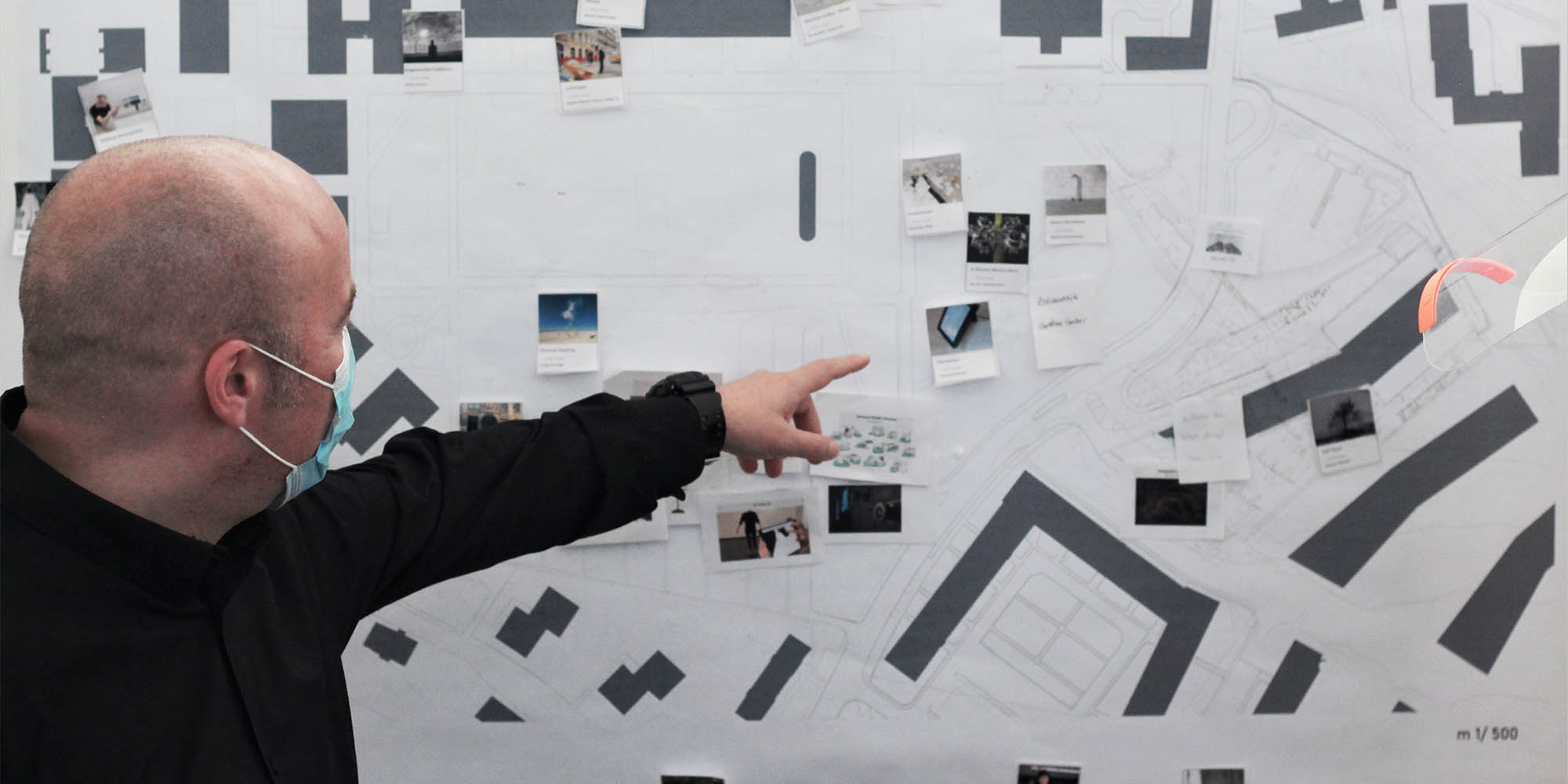
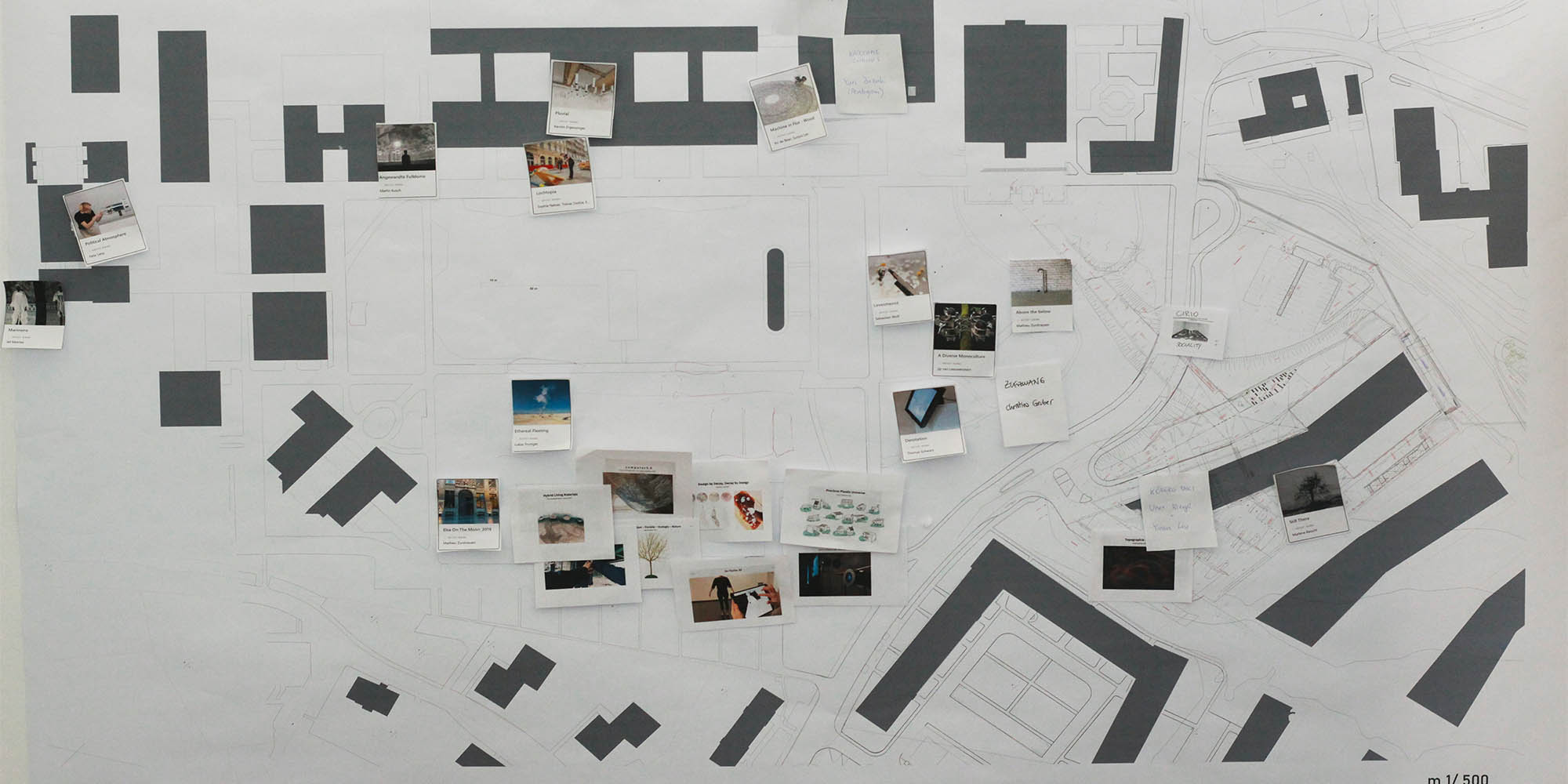
Let’s say I am a long-time festival visitor, how do I plan my visit this year?
Martin Honzik: Book early! We have set ourselves the target that no more than five hundred people can be at the festival at the same time. That means, you buy a ticket for three hours, these three hours are divided into a two-hour part, where you can move freely around the festival grounds, and visit the exhibitions, physically realized exhibitions. The last part, the last of these three hours, is similar to the ” Jedermann” in Salzburg: In a confined space you can consume stage entertainment. With the pre-registration you do not only buy time, but for this last part you also buy a chair, which is assigned to you with a number and to which you are guided. After that we say goodbye and the next 500 visitors can come to the festival.
Concerning the exhibitions we have to mention that we tried not to disappear in the digital world. We have tried to implement everything that is possible in the real world. On the one hand, there is the STARTS exhibition, the exhibition that we have been organizing in cooperation with the European Union for four years now. It’s about artistic interventions in scientific and economic contexts, about innovation and it’s about a new culture of collaboration. The result should be to create more ethically balanced, moral and sustainable products and ideas.
One of the lifelines, one of the most atmospheric parts of the whole festival will again be the create your world festival. Create your world uses the festival, the post-isolation, to bring all protagonists, activists, who stand for the initiative, to the festival, to give them a safe place at the festival, where they can meet and directly engage in social exchange. The island create your world will of course also contain the exhibition of the Prix Ars Electronica award winners in the u19 – create your world category. This year, however, the exhibition will be less material, less about the projects themselves and more about the people behind them. The young winners will stand on the JKU park stage and explain verbally what they stand for, where they see their future, what their project is and why they created it. It will be an ongoing, organic, dynamic program and there will be ongoing microperformances.
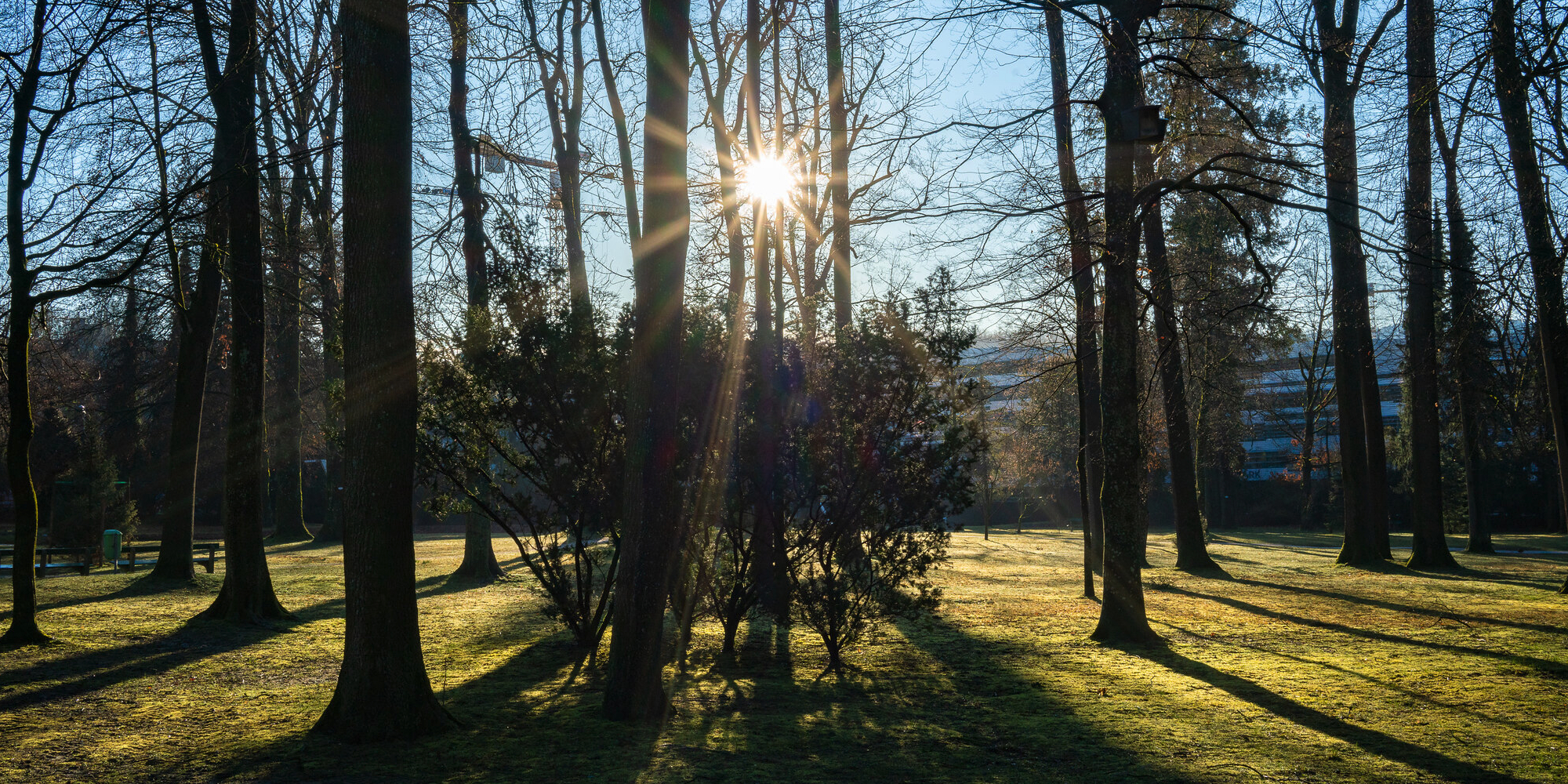
You can also visit this area during the first two hours of your three-hour slot. In the first two hours of your three-hour slot, you can enjoy this wonderful ambience on the one hand, but on the other hand you can lose yourself in this area, you can discover works of art, you can engage in the discourse of art and science. It is an ingenious and functional place in a time where many people in a small space are a no-go, because there is infinite space here. For five hundred people at a time, it will be a place where you can lose yourself – in the most positive sense.
What will also be available in the park are artistic objects that deal with the discourse between art and science. The projects are a direct reference to the institutes that characterize the JKU campus – not only as a place of teaching, but also of research. Another formative part of the festival on the JKU campus are the so-called LIT projects. LIT is an initiative sponsored by the Federal Province of Upper Austria, in which the JKU institutes were invited to develop concepts in the form of a competition, which on the one hand correspond to the nature of the institute, but on the other hand define a new culture of collaboration with a creative third party. It is an attempt to find new methodologies, other approaches to innovation. That’s what Ars Electronica stands for: for an alternative approach to generating innovation. As an institution, JKU stands for these two different approaches: encounters of projects from the field of science with artists versus more art-driven, ironic, poetic projects that deal playfully with the same topics. I believe we have succeeded here in a charming curatorial move.
Let’s come back to the less poetic, to the necessary measures. There are also projects that take place indoors, in closed spaces. How does the implementation of corona protection measures work there?
Karl Schmidinger: In terms of approvals, the variety of programmes means that we have exhibitions on the one hand, but at the same time we also have stage events that are covered by two different paragraphs in the regulations. Indoor exhibitions have certain regulations: A one-meter safety distance and the use of a mouth and nose protection. According to these regulations, stage events must have an assigned, marked space per person, which is indicated on the ticket. You take a seat there, leave it again at the end of the event and in between, on the way to the toilet, you must wear a mouth-and-nose protection and keep distance. In the permit we succeeded in doing this: to combine the regulations of these two different events to be able to realize the festival as we planned it.
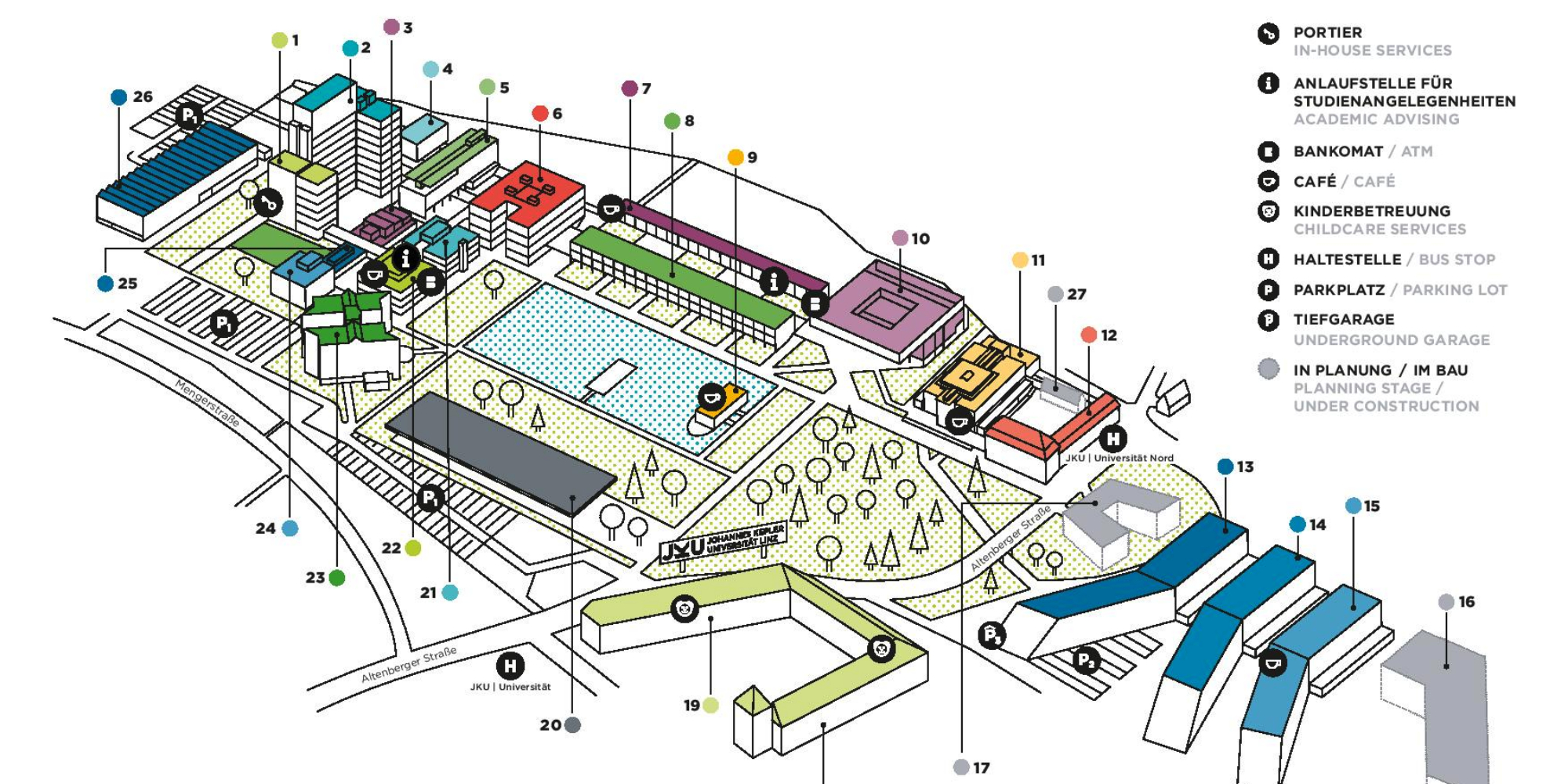
Martin Honzik: It is particularly important that the JKU Campus will also be a place of music and vibration. This is manifested in numerous different events. One event that will spread over all event days, both online and physically, is AIxMusic. Last year we were allowed to hold this fantastic event in St. Florian. This year we are moving on to the next round, the question will not be repeated, but this year AIxMusic uses the situation to question how mankind has to network to a swarm in order to master global challenges and what quality technology, artificial intelligence, has in this context.
This topic manifests itself in numerous different events of micro-performances, discussions, and it culminates in a polished event: The Big Concert Night.
Karl Schmidinger: The annual gala and the annual Big Concert Night will also take place at JKU this year. At the Big Concert Night, we bring together different protagonists to form a great whole: The Bruckner Orchestra, who will perform fragments of Beethoven’s Fidelio, together with renowned jazz musicians with and around Markus Poschner, but also with electronic artists. In addition, two actors, Maria Hofstätter and Karl Markovics, will complement the evening in terms of content as protagonists. This will be one of the absolute highlights of the festival!

Besides JKU, there are other locations in Linz that are organized and hosted by our partners. What is the situation there in terms of content on the one hand and compliance with the Corona measures on the other?
Martin Honzik: There is of course one central location in Linz: it’s the reason why we exist at all, the starting point, the monument that defines and identifies us – that’s our museum, obviously. In terms of content we will of course be offering a special festival program. The star in the museum will be Deep Space 8K, which will be used less in theory and more actively as a playground, as a performative, invasive space. There will be performances of all kinds, and there will also be a special ticket that will allow you to spend part of your time in the museum on the one hand and to look behind a door in the Main Gallery, in our large exhibition space, that is otherwise always blocked: the door to the secret rooms of the Ars Electronica Futurelab, to the Futurelab’s research laboratories. You’ll be guided by the Futurelab’s directors and gain an insight into the showroom of Ars Electronica’s most creative, most innovative department, an insight into the department where future technologies are created. That’s something very attractive, something very special!
“There is of course one central location in Linz: it’s the reason why we exist at all, the starting point, the monument that defines and identifies us – that’s our museum, obviously.”
But there are – you’re right – several garden operators who together form this very large Garden of Linz in this global network of 120 gardens. All in all it can be said that what’s happening in Linz is among the top in terms of the quantity of projects and events when compared to all the fantastic, diverse activities around the world.
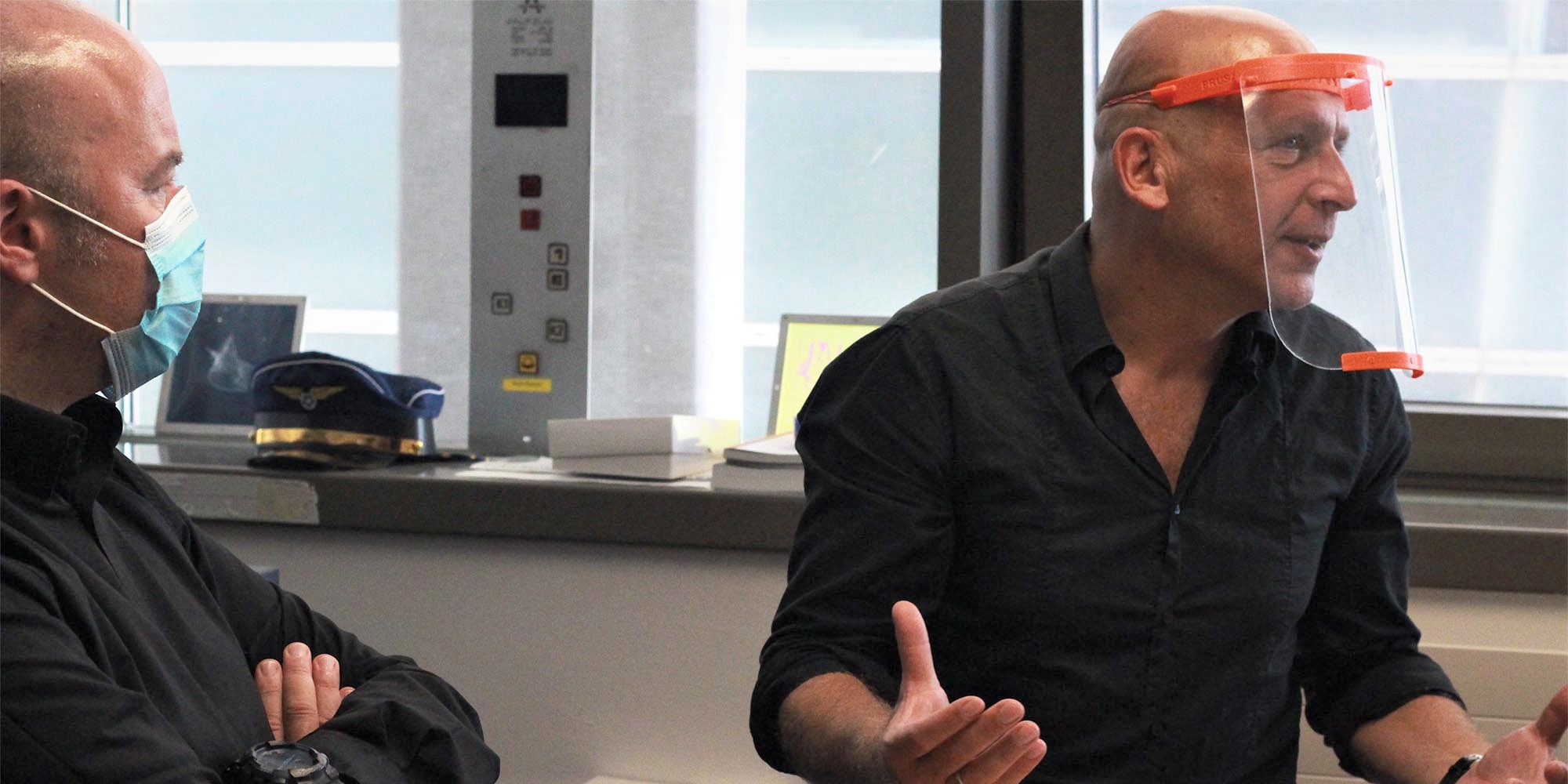
If you start from the Ars Electronica Center and cross the Danube to get to the other side, the University of Art and Design appears – new, as if it were made straight out of the blue, with two wonderfully renovated buildings. It is an extremely ambitious place. The University of Art and Design will take over the main square, there will be a large projection screen on the outer wall, there will be interventions in public space, a large conference, exhibitions, evening events and much, much more. Starting with the new Principal, Brigitte Hütter, a great motivation is evident and we are very much looking forward to what is to come. It will certainly be a virtuoso fare!
Then there’s the OK in the OÖ Kulturquartier as one of our most central partners, because one of the most important “products” of Ars Electronica is on display there: the CyberArts Exhibition. This is where the award-winning projects of the Prix Ars Electronica are shown. The Prix Ars Electronica is an international prize, that’ s why we’re trying to bring artists and their work to Linz in these difficult times. At the same time, it’s ignorant to think that this would be possible, and it’s irresponsible to completely ignore the people we put in danger by these real journeys. That can’t be our cultural mission. So we will once again seek a compromise and map the projects on the one hand physically, if possible, and on the other hand virtually.
Could you explain in a little more detail why it’s so difficult to bring projects to Linz without the artist to accompany them?
Martin Honzik: It’s because we’re not dealing with reverse glass painting or oil paintings that you can send well packed with art transfers from A to B to hang on the wall with white gloves. We are dealing with technically complex prototypes that are not only very challenging in terms of content, but also technically. So very often media art cannot be exhibited without the artists.
In Linz, of course, there’s another “small” event that has to do with Ars Electronica: The Klangwolke. This year’s Klangwolke is strongly connected with Ars Electronica, and not only on the side of the protagonists: Peter Androsch, Sam Auinger, Wolfgang “Fadi” Dorninger and Gitti Vasicek – they have all been part of Ars Electronica at some point. And there’s a close connection to Ars Electronica in terms of content as well: Due to the current situation, which makes it impossible to unite 100,000 people in the Donaupark, an analogy to the first Ars Electronica, to the first Klangwolke 1979, will be created. Under the title “Klangwolke” (“Cloud of Sound”), people were asked to put radios in the windows to make the whole city audible. Once again this year the whole city will be flooded with sound, the city will become a sound firework, the idea will be decentralized, people will be encouraged to participate, they want to bring in the whole city with all its languages, all its cultures.
I think it will be a very poetic, fine project, not aiming for the big fireworks, the big “bang”, but carried by a lot of joy of all participants. The musical starting point is the Brucknerhaus, the idea goes back to the first Ars Electronica in 1979, the whole thing is organized by LIVA. The title “Sounding Linz” is appropriate on all levels and stands for collaboration and cooperation.
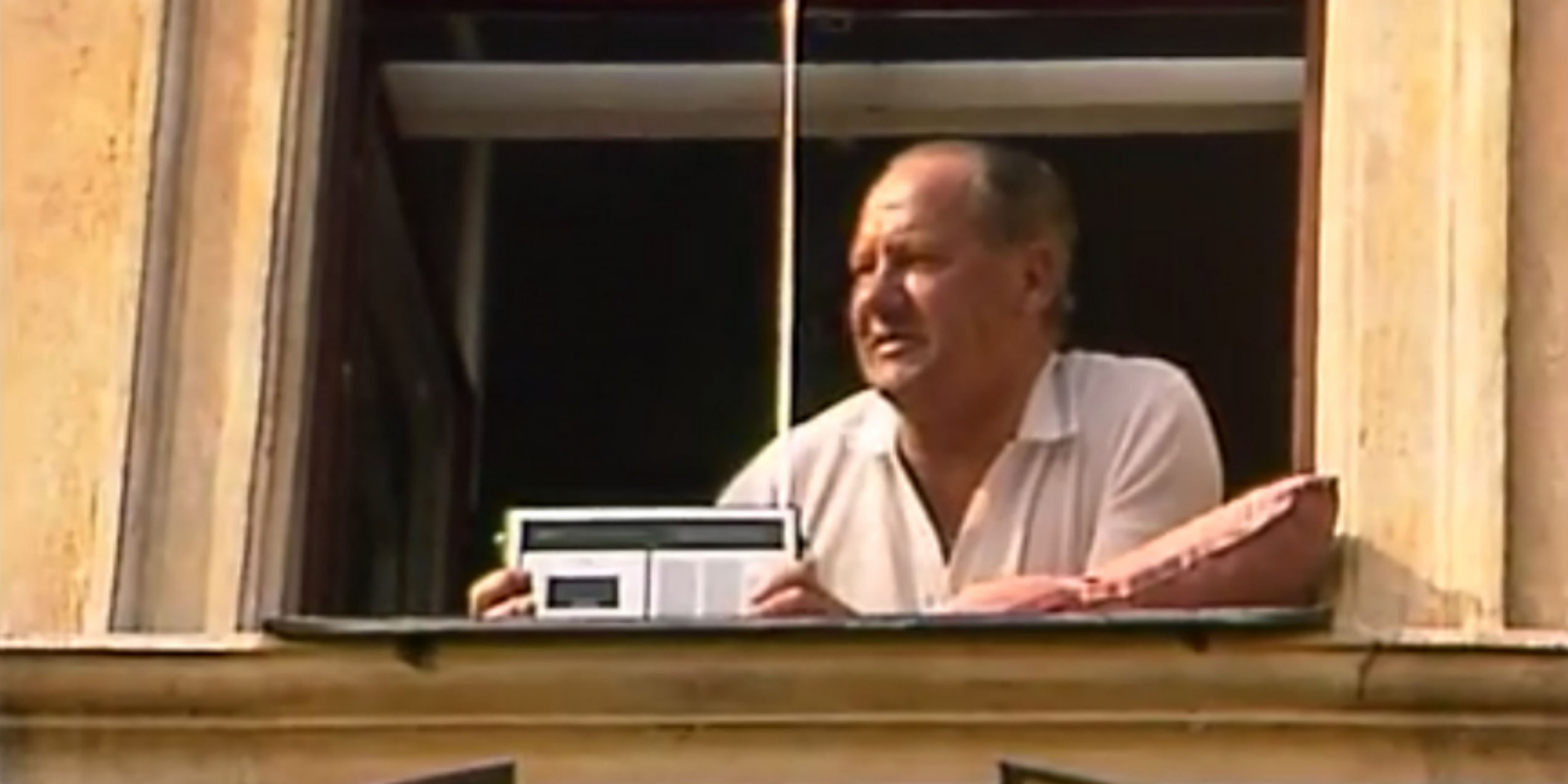
Karl Schmidinger: From my side, I find it exciting or even funny to see that the Klangwolke’s first radio concert already fulfilled all corona requirements in 1979. In wise foresight, this event would even have survived the lockdown.
Martin Honzik: At that time, a great many media art projects were concerned with networking the world. What is taken for granted today, namely overcoming political boundaries with technology, was the great challenge back then
I would like to add one more thing: If it weren’t for this special situation, the situation of a pandemic that affects and preoccupies us all, then Ars Electronica, on a normal scale, with “normal” procedures, would be primarily dedicated to a huge problem: We are already very much concerned with art, technology and society, but we cannot ignore one huge problem, and that is climate change, that is the destruction of the environment, that nature is becoming increasingly responsive to what we do. That is the ultimate enemy. He didn’t sleep while we were in lockdown. That’s what we should use technology for: To work on a new relationship between humans, technology and nature – whatever industry, whatever culture. That would have been our primary statement this year. That’s why the festival will also be about giving a stage again to the threats and challenges that were only apparently in lockdown, such as the Fridays for Future movement or Black-lives-matter as well as the Hong Kong movement. These are global phenomena that we want to show and that we need to discuss.
You can read more about the Ars Electronica Festival on this website, moreover, under the motto “Inside Festival” we have exciting new video contributions from all over the world for you every week, and on our social media channels we’re also constantly giving outlooks and insights into what to expect this year.
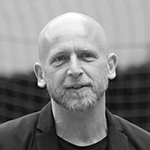
Martin Honzik is an artist and director of Ars Electronica’s Festival, Prix and Exhibitions divisions. He studied visual experimental design at Linz Art University (graduated in 2001) and completed the master’s program in culture & media management at the University of Linz and ICCM Salzburg (graduated in 2003). Besides being independent Artist in several art projects, he joined the staff of the Ars Electronica Futurelab, where, until 2005, his responsibilities included exhibition design, art in architecture, interface design, event design and project management. Since 2006, Martin Honzik has been director of the Ars Electronica Festival and the Prix Ars Electronica and in charge of the exhibitions in the Ars Electronica Center as well as Ars Electronica’s international exhibition projects.
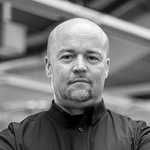
Karl Schmidinger has been Technical Director of the Ars Electronica Festival, Prix, Exhibitions Division since 2006
